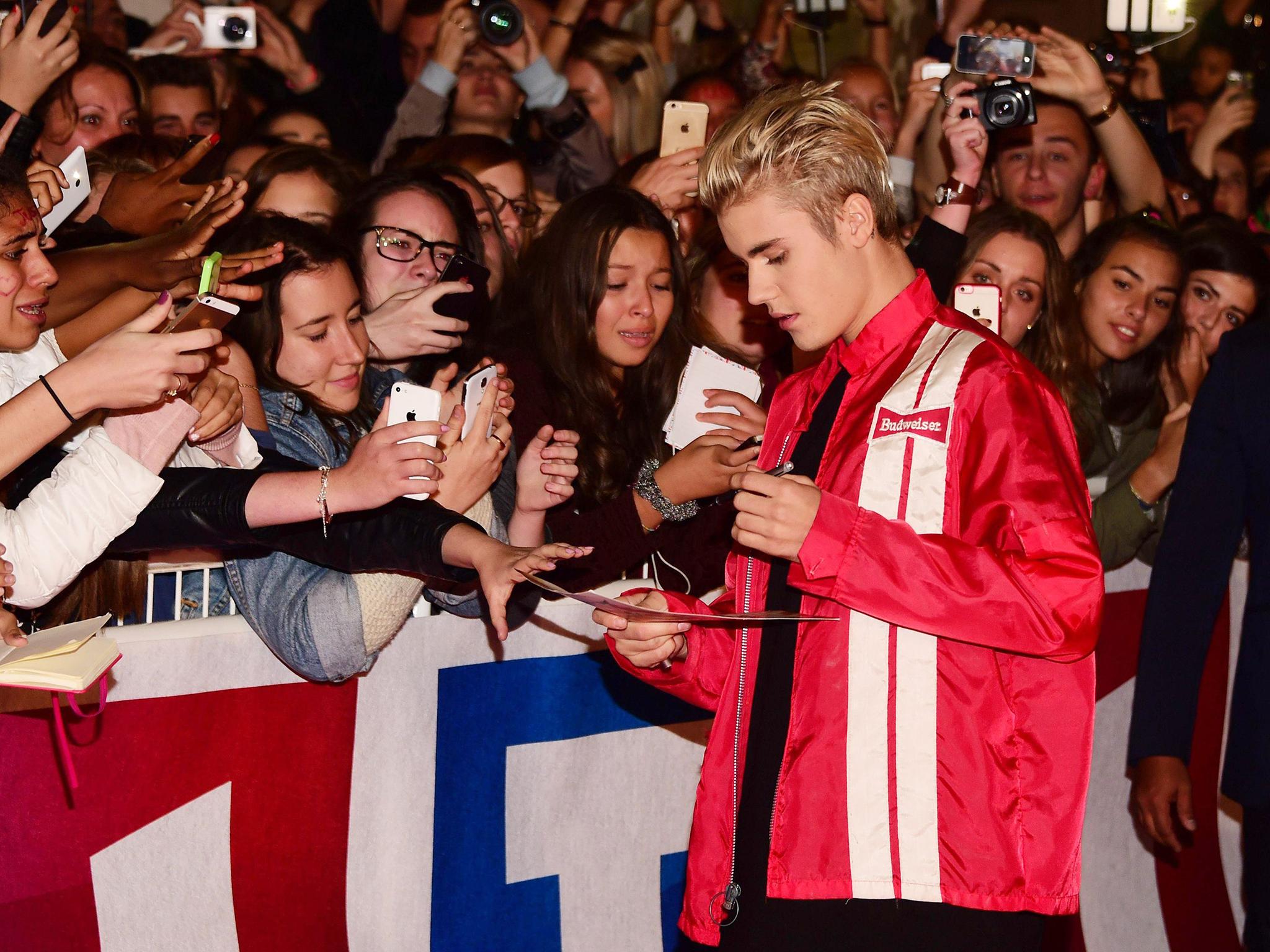How social media gave rise to the 'Stan' superfan
The rise of social media has given birth to the Directioners, Beliebers, and BeyHive - and a level of devotion never seen before

Superfans have existed as long as pop culture has – just think of those screaming girls chasing down The Beatles in A Hard Day’s Night. But thanks to social media fans have access to stars like never before – a situation that has given rise to the “Stan”.
The term is taken from Stan, the 2000 collaboration between Eminem and singer Dido, which depicts the darkest thoughts of a neglected superfan as he pens a suicide note before driving him and his pregnant girlfriend into a lake.
Luckily, no real-life Stans have been quite so self-destructive and the word now denotes a fan less angry with the star themselves, but rather anyone who dares criticise them. They’re the Swifties, Beliebers, Lady Gaga’s Little Monsters, Beyonce’s BeyHive and Rihanna’s Navy with hawk-eyes over social media, ready to bombard critics with messages trying to prove them wrong.
Aaliyah Jewel, 17 from Queens, New York, is among the first of this new breed of Stans. In her early teens she was one of millions of One Direction’s “Directioners”. At the peak of her interest, she devoted between 10 to 12 hours a week to listening to their music, following them online, and debating their lives online.
“A fan can name their favorite artists albums and have maybe gone to a concert or two, but a Stan dedicates more time to them and are a crucial part in mobilising their favorite artists' music,” she tells The Independent.
“They tweet radio stations to play their songs, spend hours at a time voting for them, can name chart positions of their whole discography, and probably know their families' and friend's names off the top of their heads.”
Nicky Danino, senior lecturer in computing at the University of Central Lancashire, argues that social media has bridged the gap between celebrities and fans to create a sense of familiarity and closeness never seen before. Previously, celebrities had carefully constructed personas. Now, high-profile figures can connect with their minions with a few taps of a smartphone.
Seemingly trivial words and images on social media – from Kendall Jenner’s selfies to the inspirational quotes that fill up Britney Spears’ Instagram feed - connect with parts of the human nature that feeds our cravings, yearnings and anxieties, adds Dr Danino. “They can create thrills that sends shivers down our spine, similarly to when we meet celebrities in person.”
In turn, says Dr Elle Boag, social psychologist at Birmingham City University, “the desire for what we perceive as a ‘real’ relationship with our celebrity idols is a way for us to vicariously live the lifestyle of the ‘rich and famous’: a lifestyle that most of us will never, ever achieve for ourselves.”
Such devotion is a publicist’s dream. And brands are happily harnessing the frantic devotion of Stans constantly connected to celebrities by technology by creating social media “influencers.”
But it’s not that easy as it sounds. People under 30 are more discerning than ever and want their passions to reflect their values, says Matthew Bennett, chief officer at creative agency Zak.
“Brands that succeed in this area plant golden nuggets of information at an almost peer to peer level to fans who are ripe to become superfans. Those who demonstrate a deeper level of engagement are hand-picked and nurtured, brought into the inner circle and given access and information that isn’t public, that you won’t find on Twitter or Instagram.”
“Those fans become even more engaged, because they feel valued, and are eventually given a status akin to curator or guardian of information and their now even deeper knowledge of the brand is carefully passed on to others who are on the edge of that circle of trust. Here starts a chain reaction.”
Still, brands must tread carefully. Just like the Take That fans who called up the Samaritans helpline after the band split in 1996, modern-day Stans can feel a sense of loss if their idols disappear from social media or a group disbands. Brands may want to quickly disassociate themselves if and when things get messy. Chris Crocker's proto-Stan YouTube plea to "leave Britney alone" is just one example.
“We might dismiss superfans as 'crazies' or 'irrationally attached' to their idols, but their loss of their idols is as genuine to them as the loss of any other close relationship partner,” say Dr Boag.
But, for most, being a superfan is a harmless way to navigate life, she adds.
“For me, it was not only a great experience but a chance to meet great people all around the world. It's nice to connect over our love for them amongst other things we have in common, of course,” says Jewel.
“I wouldn't say I'm a fan at the same level of intensity, because as I've grown I'm thinking more about college and my future. I still talk about One Direction and Zayn from time to time and will always love their music.”
Join our commenting forum
Join thought-provoking conversations, follow other Independent readers and see their replies
Comments